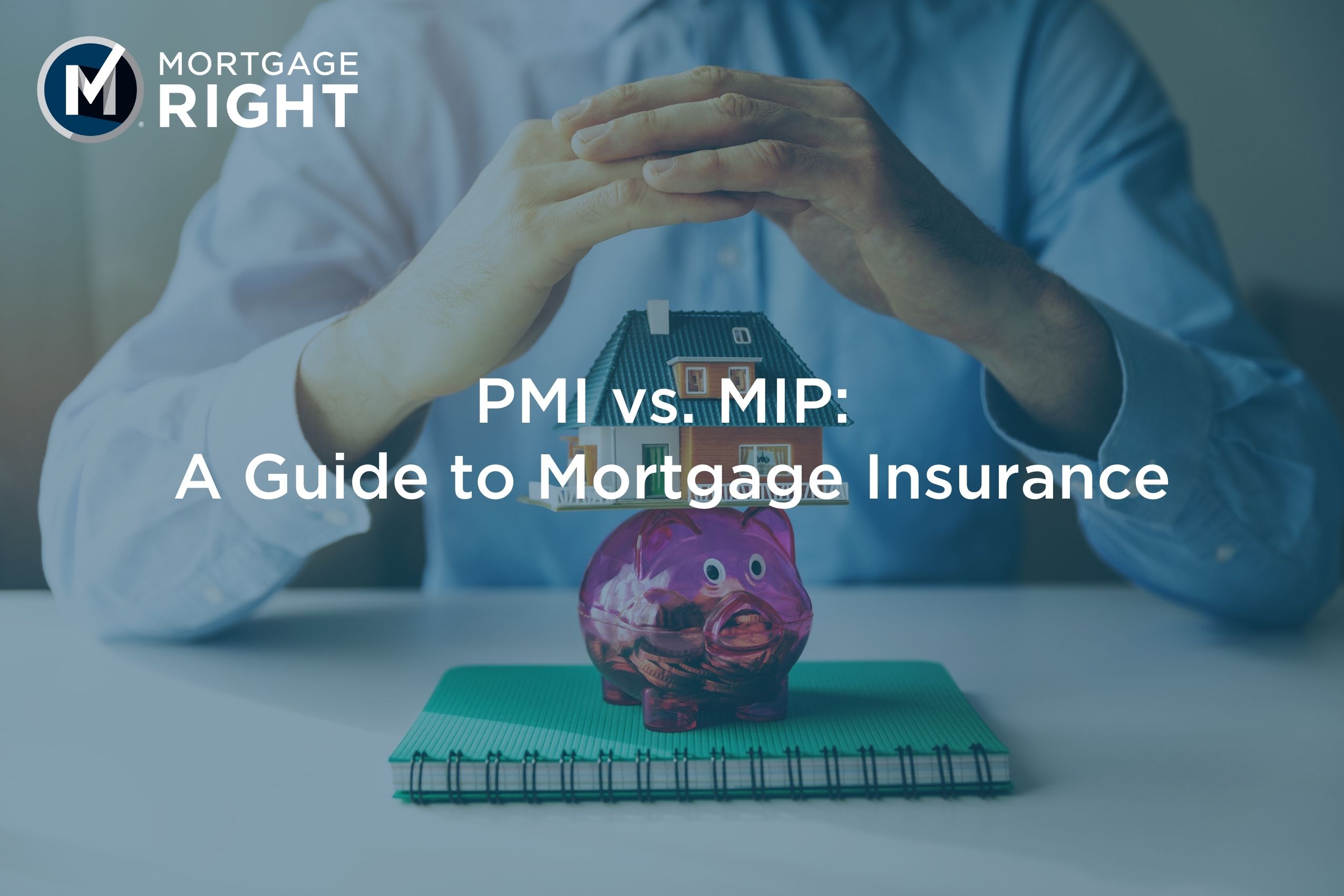
Mortgage insurance is a gateway to homeownership. It adds an extra layer of accessibility for those who can’t put forward a sizable down payment. By paying mortgage insurance in addition to the monthly mortgage payment, a borrower can buy the home of their dreams with less than 20% down.
Private mortgage insurance (PMI) and a mortgage insurance premium (MIP) are the two most common types of mortgage insurance. Though these types of mortgage insurance are prevalent, which one you get depends on a variety of factors.
PMI vs. MIP: What Are They?
PMI
Private mortgage insurance is a cost only applicable to conventional (or non-government-backed) loans. PMI is an “assurance fee” typically applied to monthly payments if a borrower cannot put 20% or more down on the home they purchase. PMI acts as a buffer for lenders when the risk of default is on the table while making homeownership possible for borrowers who can only put a small percentage down on the home they want.
MIP
A mortgage insurance premium is much like PMI, but it only applies to government-backed (FHA) loans, and it is required no matter your down-payment amount. This mortgage insurance consists of an annual MIP and UFMIP (upfront mortgage insurance premium).
Notable Differences Between PMI And MIP
Beyond the type of loan each mortgage insurance policy applies to, there are other notable differences to keep in mind.
Can You Cancel?
If you put down less than 20% on a conventional loan, mortgage insurance is something you will more than likely have to pay. However, mortgage insurance payments change when you acquire 20% equity in your home. When you reach this equity benchmark, you can request that your lender remove PMI from your mortgage. Even borrowers who get caught up in the motions of paying PMI alongside their mortgage and forget to request a stop on PMI have the chance to see it go.
PMI is automatically canceled once you reach 22% equity based on your original appraised value. As your home value increases, you can request the lender remove PMI if a new appraisal demonstrates the equity is 20% or more of the appraised value.
This is great news for most borrowers who pay PMI, but things work a little differently for those who have FHA loans. Typically, the MIP can’t be canceled on this government-backed loan and is a payment that remains for the duration of the loan regardless of equity.
If the MIP payments tacked onto FHA loans aren’t for you, there are still other options. When your equity reaches 20% or more, you can refinance your home with a conventional loan and no PMI.
Upfront Costs
An FHA loan is a mortgage option that requires both an upfront mortgage insurance premium (UFMIP) and MIP.
With this loan, UFMIP is 1.75% of the amount borrowed. It can either be paid in full at closing or added to the loan amount.
PMI, however, is typically paid annually, with a portion included in each monthly mortgage payment. This prevents you from paying any upfront costs.
Annual Costs
Those who finance their home with an FHA loan will pay an annual MIP. This falls between 0.45% and 1.05% of the loan amount.
Alternatively, the PMI rate is determined by your down payment amount and creditworthiness. PMI rates are typically between 0.58% and 1.86% of the loan amount.
PMI vs. MIP: Which One Is RIGHT For You?
Whether PMI or MIP, mortgage insurance is a payment that many borrowers will come across on their home-buying journey. But it doesn’t have to hold you back from getting your perfect home! Contact us here, and we’ll help you navigate the ins and outs of mortgage insurance with ease!





